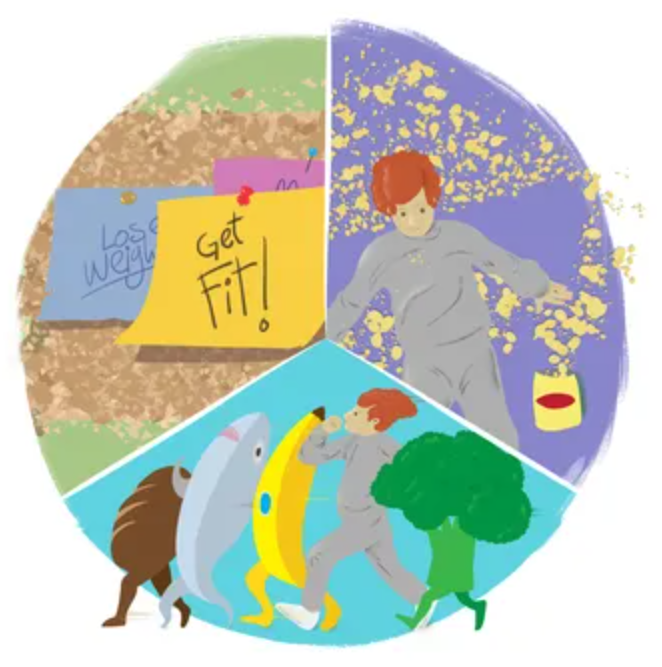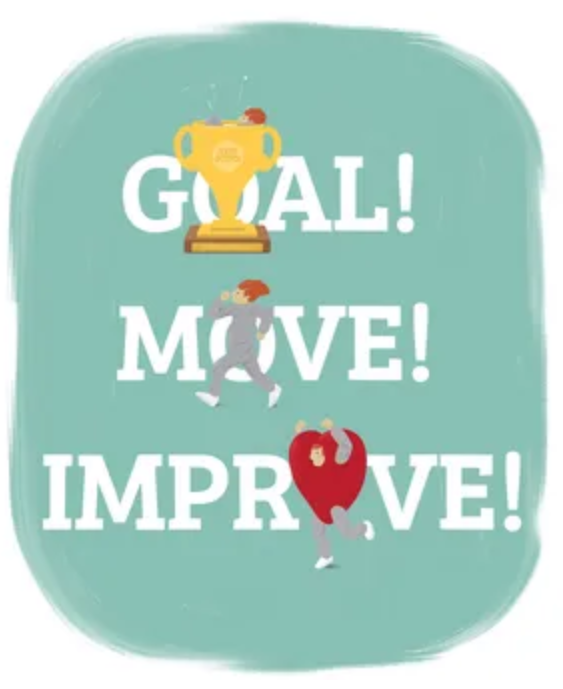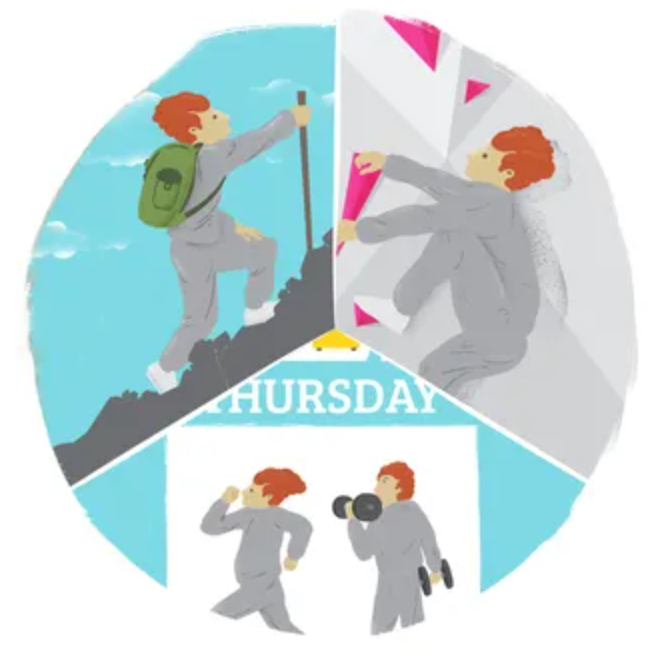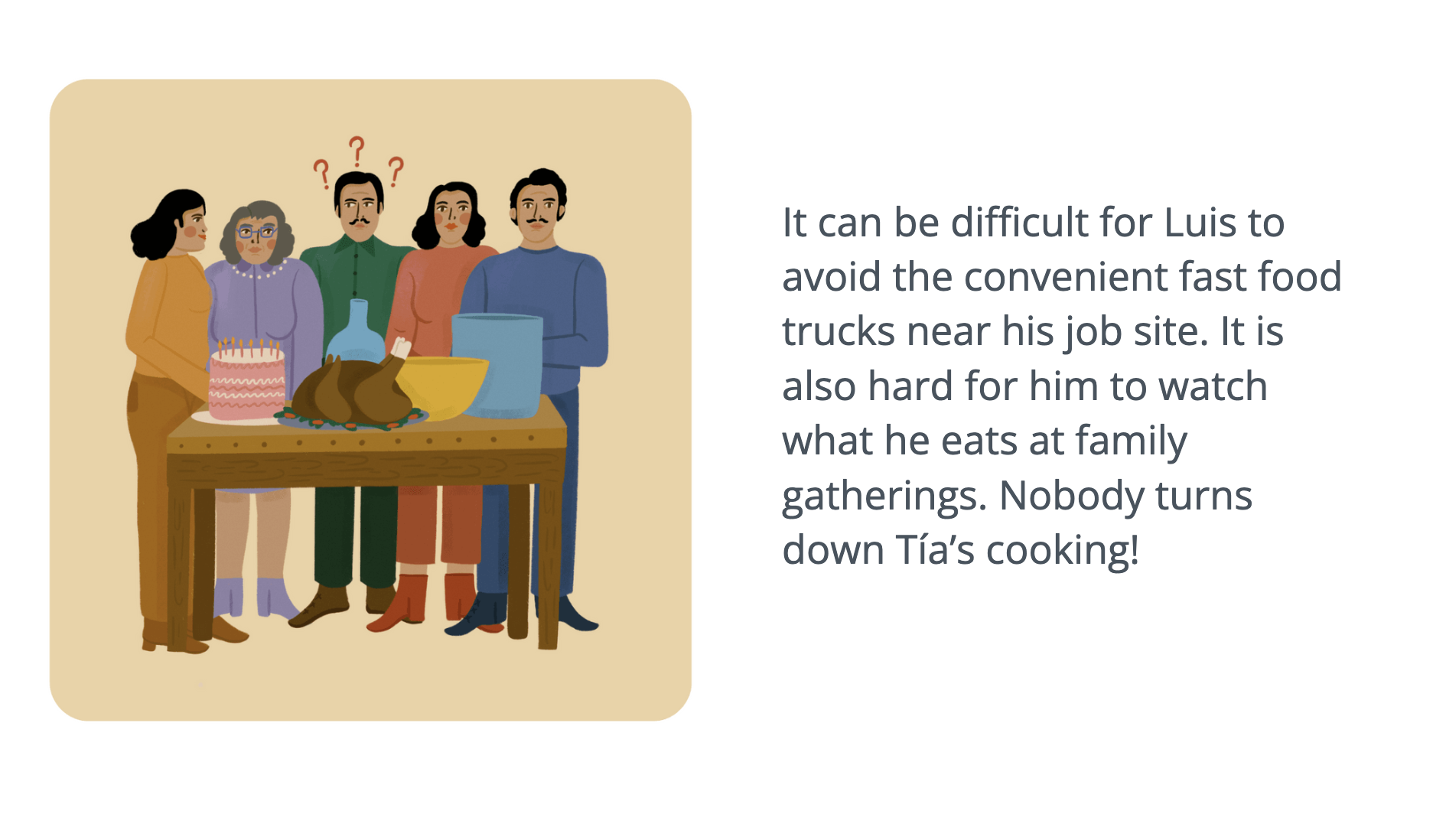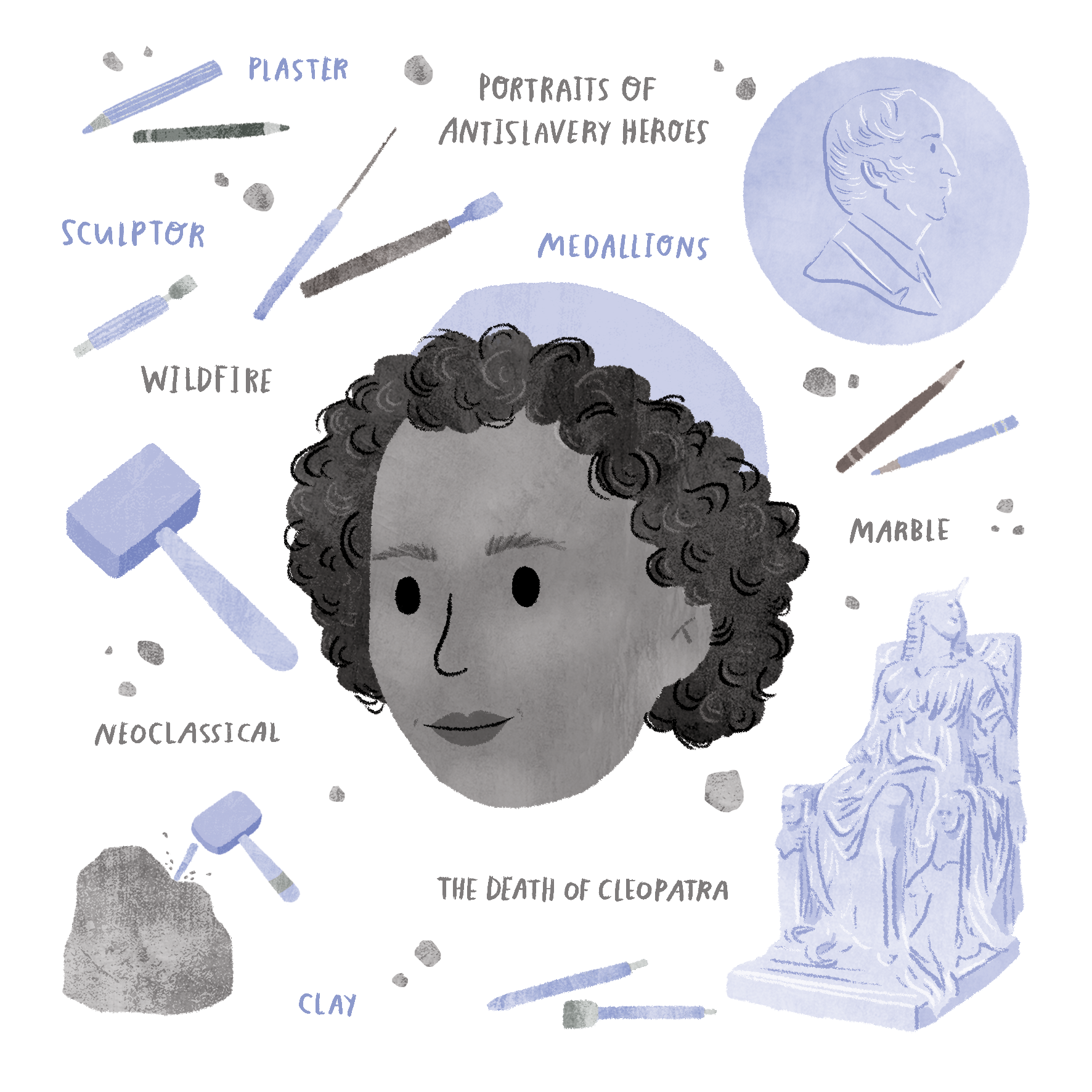Here at Lifeology, we hope to raise the visibility of art as a critical component of science and health communication. That starts with letting the scientific and broader communities know about the work of amazing and diverse science artists. Today we are featuring Daimon Hall, an illustrator and animator of all things Chemistry & Biology!
Tell us a bit more about yourself! How did you get into art?
I’m an artist and designer from the east coast of Australia, now living in the south of Germany. I work as a 2D designer, 3Dd artist and animator.
Art in the form of illustration has been the constant in my life. It was an interest that grew from my love of insects as a child, and time spent capturing their colours and shapes on paper.
What are your favorite things to illustrate?
The biological sciences are varied, and allow for some great use of technique and colour!

Visualization of biomacromolecule assembly by Daimon Hall
Can you describe what your creative process usually looks like? Where do you draw inspiration?
The process usually begins with reading the brief describing the project, its goals and time frame for completion. I then brainstorm initial ideas and flesh them out in the form of sketches. I question whether this could be a narrative-driven project, or a project that only requires showing separate concepts.
What illustration tools do you use?
The tools I use are as varied as the projects I work on, but ideas begin with pencil and paper. Depending on the style, it may stay as a 2D illustration in Photoshop, or become a 3D model that can be animated. Modelling is done in Zbrush and Houdini. I use Houdini for animation, which is a well suited software for scientific work.
What has been your favorite Lifeology course to illustrate so far? Can you tell us a bit more about it?
I’ve only illustrated one course, which was about fitness. This course shows a single character, initially being unmotivated and unfit. As the series progresses, the character realises the goal of taking control of their body and conquering their bad habits.
Fitness Course, card 14 by Daimon Hall
When you are getting started illustrating a Lifeology course, what is the first thing you do? How do you get your inspiration for the illustrations for the course?
Understanding the science is paramount, and how this can be delivered in a simple but informative way. With such great artists on Lifeology, it’s impossible not to be inspired by the variety of styles and how each writer and artist come together to create something unique.
Can you talk a bit about visual storyboarding and how it helps you as you are illustrating a Lifeology course?
After the initial idea is realised, the storyboard is the second and perhaps the most important step. It describes the ‘skeleton’ of the project, showing what happens in each panel, but also, can be used as a timeline for production.
From your perspective, what are the top 3 things that an artist needs to consider when illustrating any science concept or idea?
How clear is your (the artist) understanding of the project? Do you fully understand the science and can you deliver the message to the non scientifically minded folk? Breaking down difficult concepts into simpler pieces is a great way of understanding complex science.
Fitness Course, card 37 by Daimon Hall
How is illustrating a Lifeology course different (or not) from other science illustrating you’ve done? Do you think there are any unique considerations for illustrating these flashcard-like mini-courses?
Not especially different, other than the office we work in is global. But apart from that, it functions pretty seamlessly.
You’ve often created visual characters that span many illustrations in a Lifeology course. Can you talk a bit about character building through visuals? What is the importance of these characters / how do you think they help learning or enjoyment?
It’s important that the viewer, in some way, can relate to what they are looking at. Showing the growth of a character through, for example, overcoming a difficult situation is inspiring. These may be only 2D characters on a screen, but they have the power to influence and uplift.
Fitness Course, card 23 by Daimon Hall
What tips or advice would you offer another artist working on illustrating a Lifeology course?
Storyboard the project in its entirety!
What do you think are some important aspects of art / illustrations that help people better understand or enjoy science?
The use of metaphor is a great mechanism to get across concepts that may not necessarily be the most interesting to show in a pure scientific sense.
What tips or advice would you offer any other artists working with scientists to create art/illustrations for broad audiences?
The inclusion of narrative that guides the viewer between concepts and ends the series with a positive conclusion.
Why should more scientists work with artists?
To help bridge the gap between the public and the role the scientific community plays in society. This is beneficial not only so the public has a better understanding of scientific concepts, but aslo helps inspire people who one day may want to become scientists.
More about Daimon
I work as a 2D designer, 3D artist and animator, specialising in Chemistry & Biology topics.

